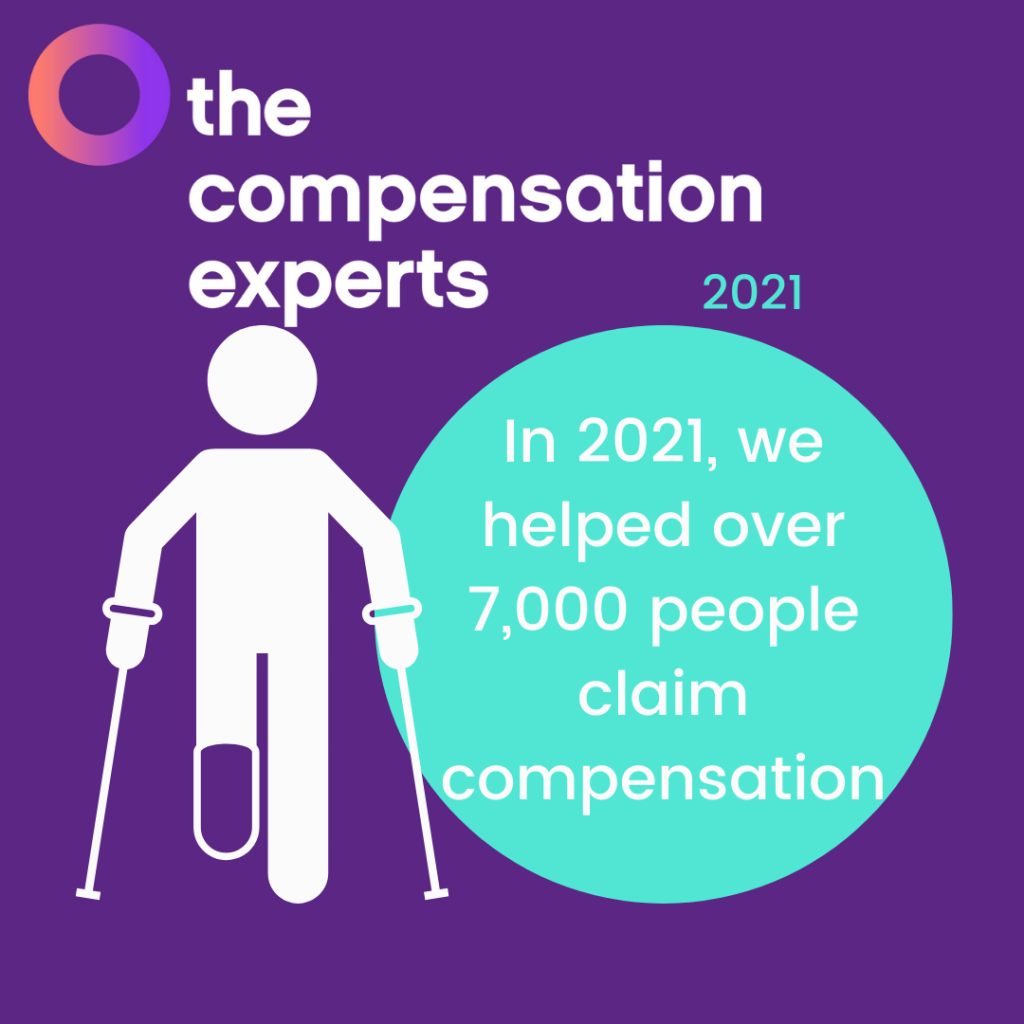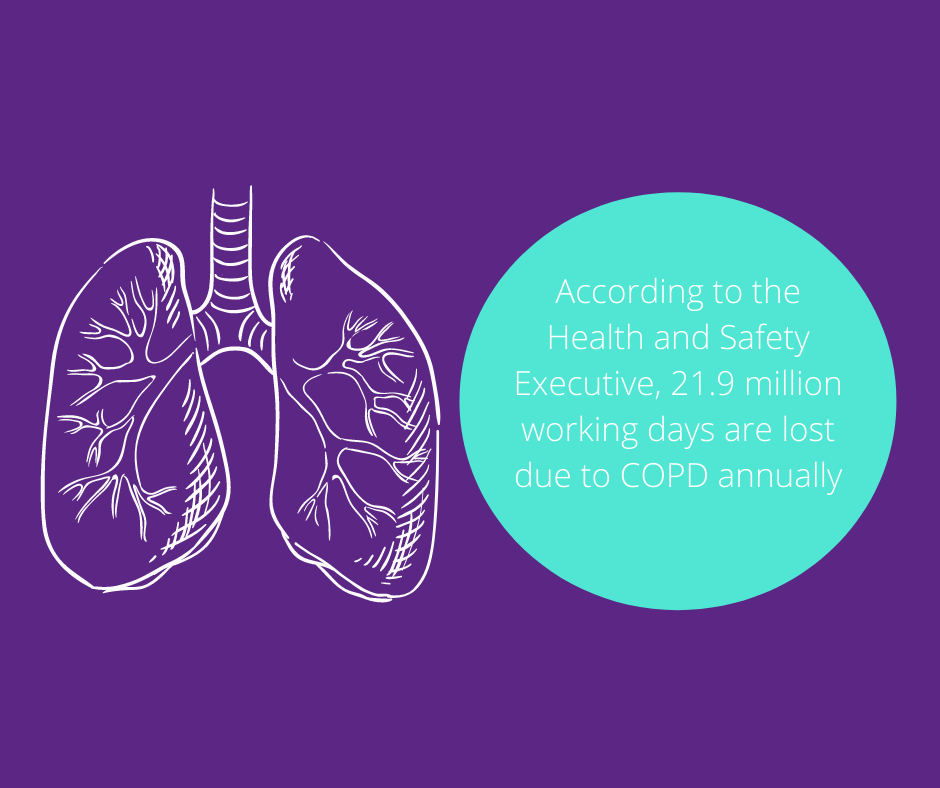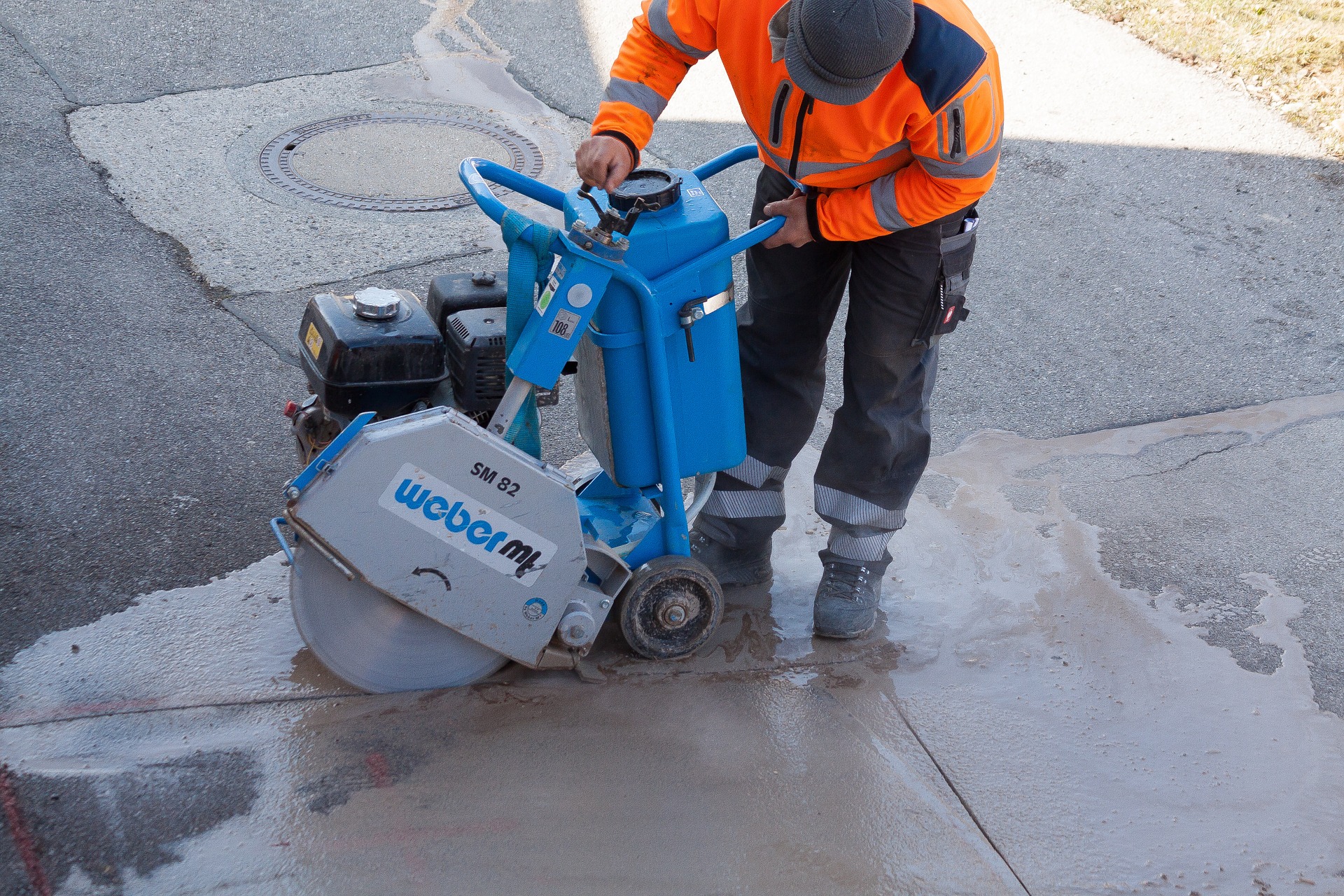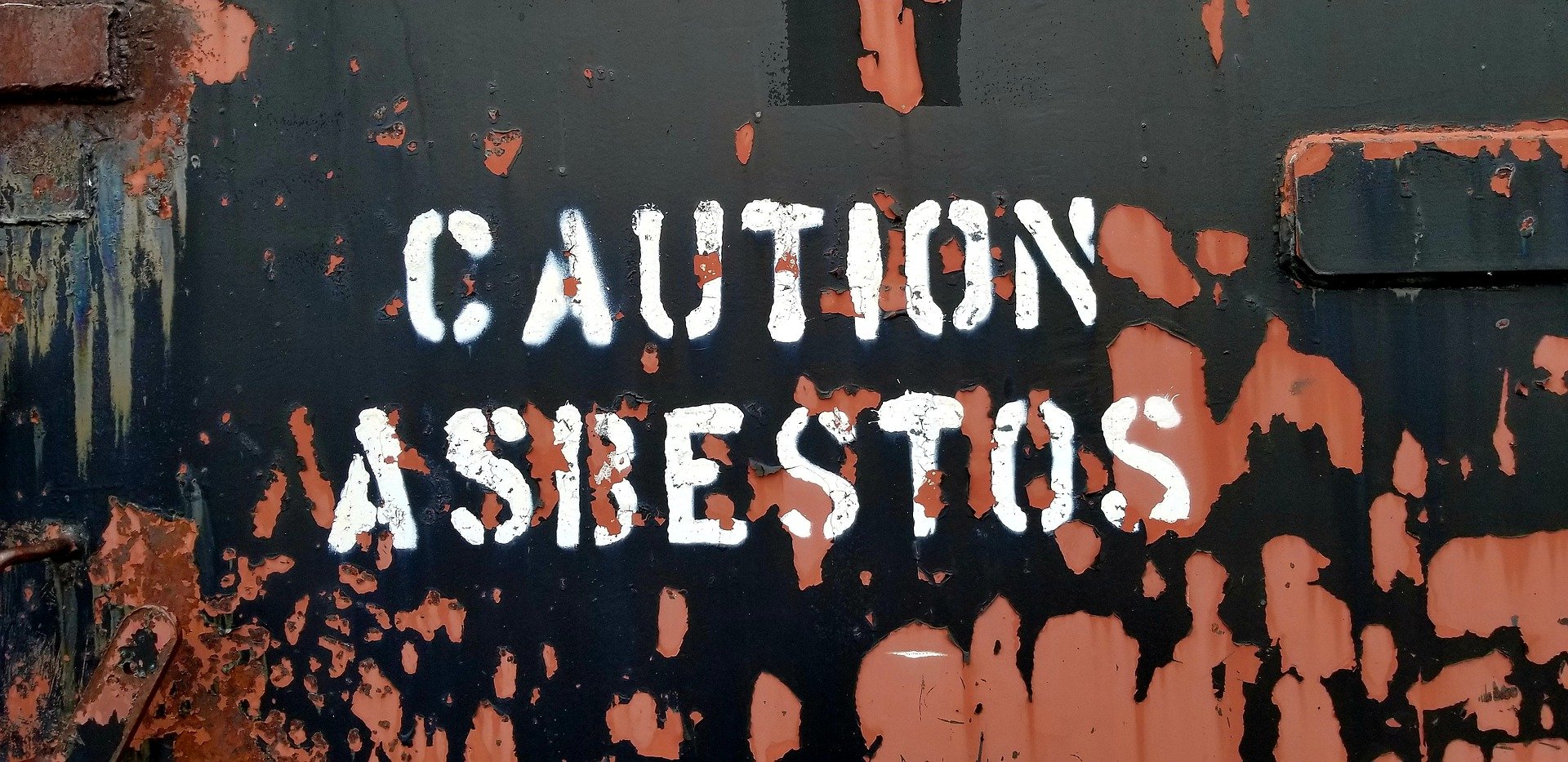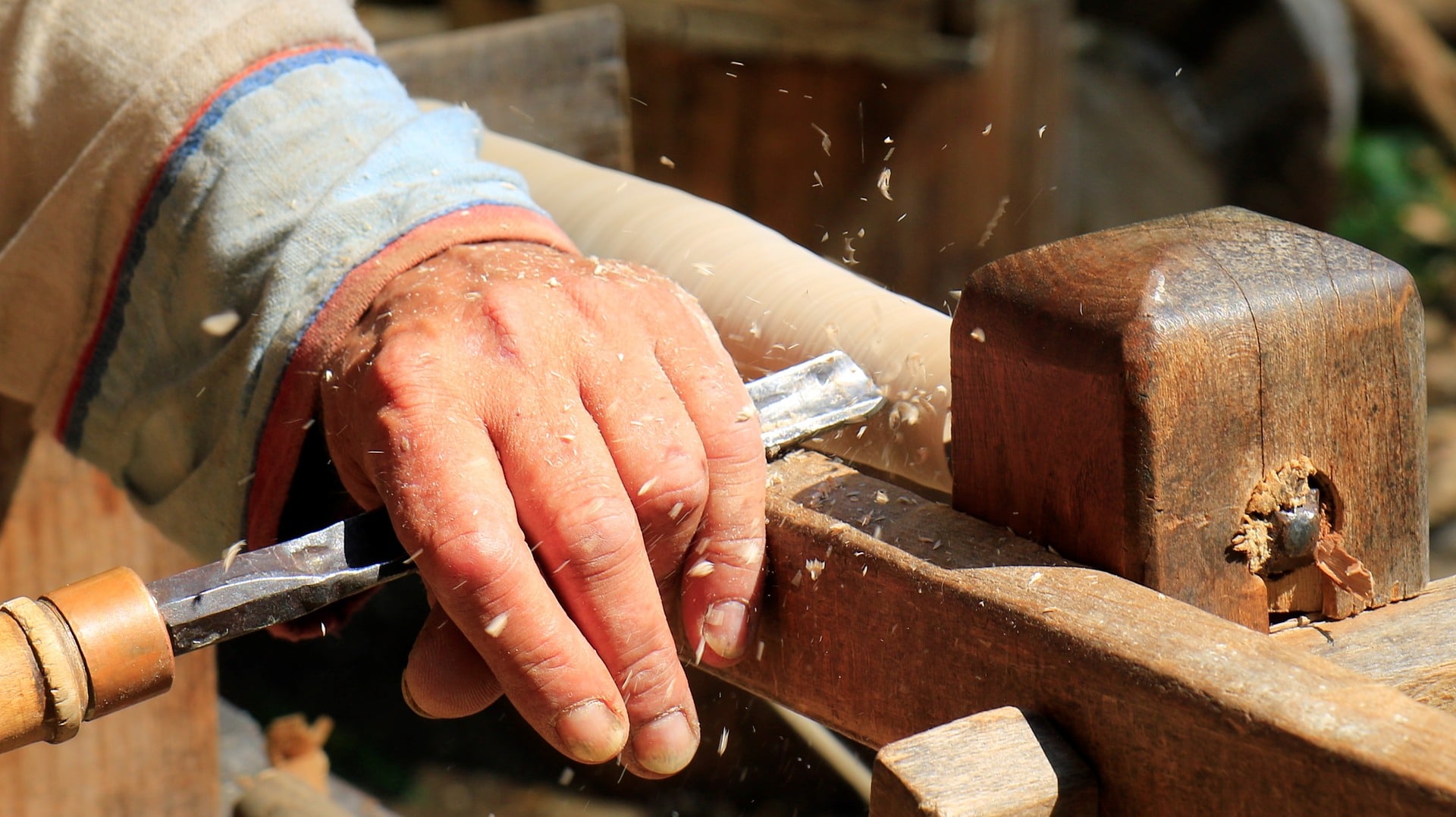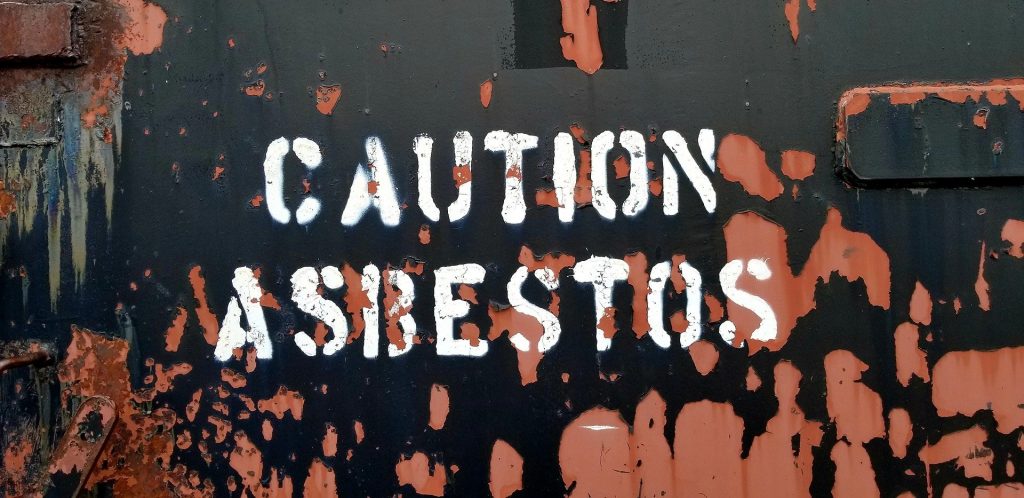This week 7th-13th February is Tinnitus Week, run by the British Tinnitus Association. Tinnitus is one of the main symptoms of industrial deafness, which you may experience because of the job you do. Tinnitus in industrial deafness is most common in industries such as production and construction. However, you can suffer from tinnitus in any job where you work with loud noises.
What is Tinnitus?
Tinnitus is the perception of noises in the head and/or ear which have no external source. It derives from the Latin word for ringing. The sensation can be constant or intermittent and it can vary in volume.
The symptoms of tinnitus include
- Ringing
- Buzzing
- Hissing
- Droning
- Whistling noises in the ear even in silent rooms
It is not a disease or illness; it is a symptom generated within the auditory system and usually caused by an underlying condition. The noise may be in one or both ears, and it may feel like it is in the head. It is difficult to pinpoint its exact location. It may be low, medium, or high pitched and can be heard as a single noise or as multiple components.
Tinnitus in Industrial deafness
Tinnitus is one of the symptoms of industrial deafness. Industrial deafness and noise-induced hearing loss claims are common in construction, manufacturing, and the military, but they can occur in other industries too.
Industrial deafness develops over years of exposure to excessive noise. It often does not present itself clearly until a victim has left that job.
Industrial deafness can be caused by:
- Working with power tools or machinery without having adequate protective equipment
- Employers not telling staff about the risks of working with loud noises
- Working in a noisy environment with inadequate protective equipment
Health and safety laws clearly state that if a worker is exposed to noise levels of 80 decibels either daily or weekly, then they should receive training about the dangers of noise levels and given access to hearing protection to reduce the risk of hearing damage like industrial deafness. Even with hearing protection, no employee should work where the average noise level is over 87 decibels. Employers therefore have a duty to monitor the sound levels accurately to ensure the working environment is safe.
The statutory limit for filing most personal injury and industrial disease claims is 3 years. However, because tinnitus symptoms often manifest several years after the exposure, you will have 3 years from the date of your tinnitus diagnosis to make a claim for compensation.
Claiming Against Your Employer or Former Employer
All companies in the UK have insurance, and it is the insurance company that settles all workers’ complaints that are related to industrial deafness and tinnitus claims. You will essentially be filing a claim against the insurance company, and they are responsible for compensating you for your work-related tinnitus. Even if a company has ceased trading it may still be possible to file a tinnitus compensation claim.
How We Can Help with Tinnitus in Industrial Deafness
Here at The Compensation Experts, we work with solicitors who have years of experience dealing with industrial disease claims. This includes tinnitus in industrial deafness. So contact us today by filling in our contact form. Or call us on 01614138765 to speak to one of our friendly experts.
